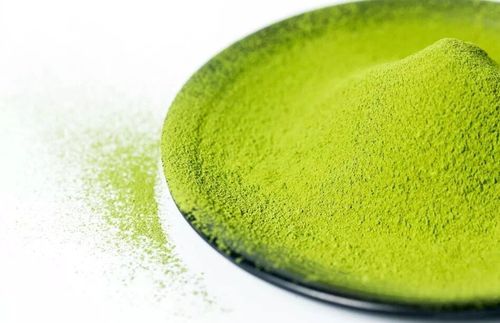

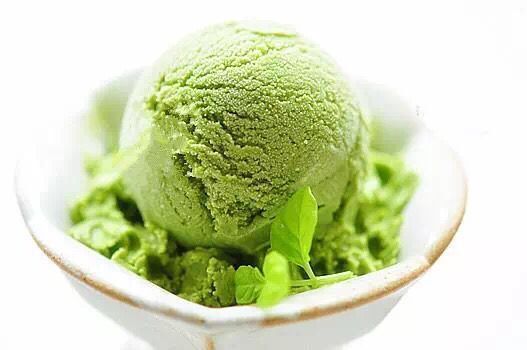
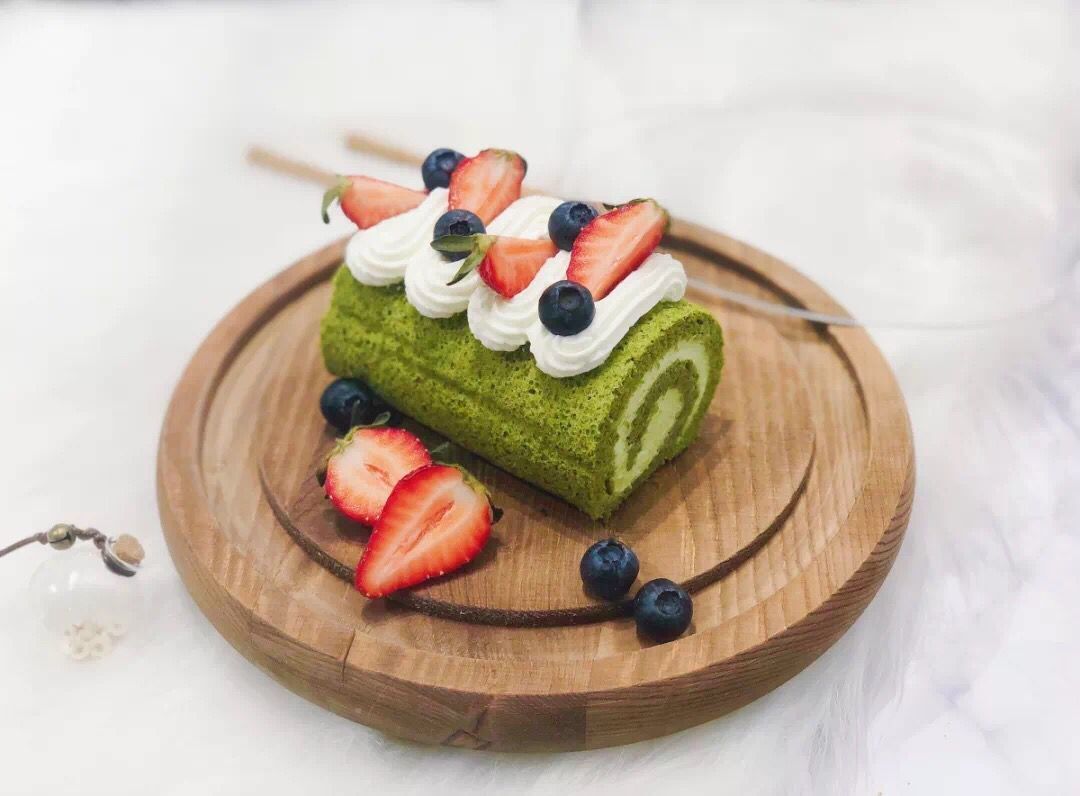
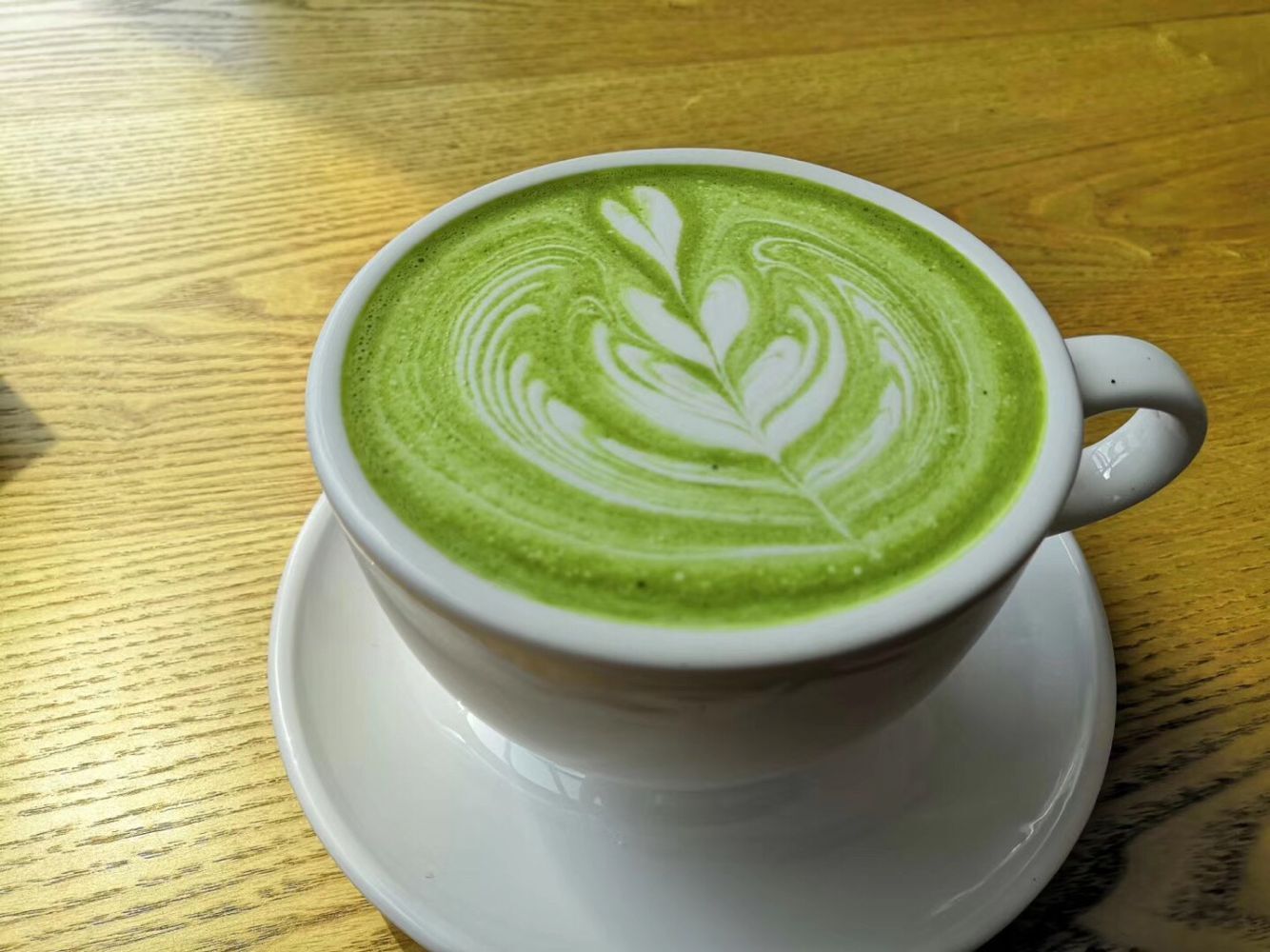
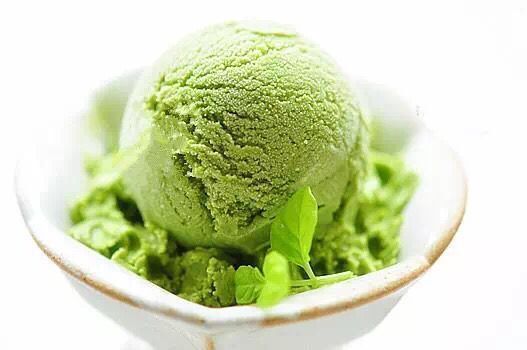

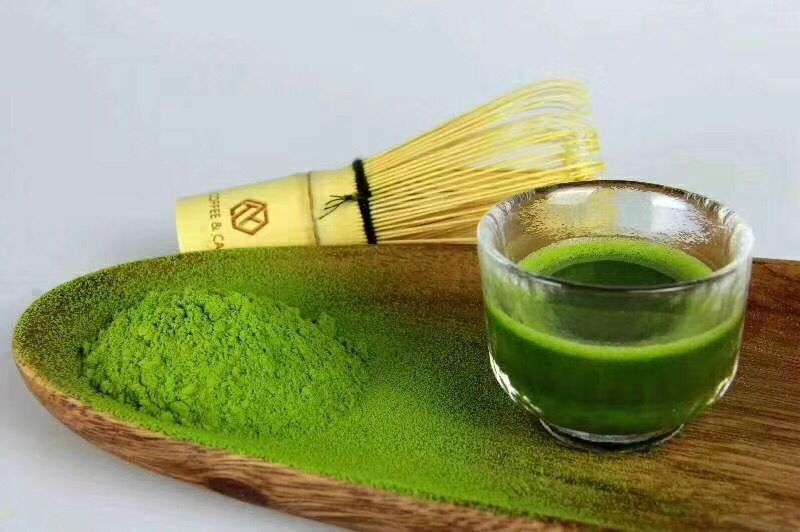

Matcha Powder
Product Details:
Product Description
Matchacontains more antioxidants than any other variety of green tea. Ourceremonial-grade matcha green tea has a deep earthy flavor with hints ofsweetness. Perfect for making tea, or adding to baked goods, smoothies andmore.
Health Benefits of Matcha GreenTea
1)Antioxidant Powerhouse: The most prominent catechin found in matcha tea isepigallocatechin gallate (EGCG), an even more potent form of antioxidant thanVitamin C or E. Matcha powder contains a more highly concentrated form of EGCGthan its loose leaf tea counterpart.
2)Weight Loss: 3)Reduces Stress: 4)Detoxifying Properties: How to Make Matcha Green Tea
Usinga spoon: Usinga traditional bamboo whisk: Put 0.5-1 teaspoon of 100%matcha powder in a large cup or drinking bowl and add a small amount of hotwater. Whisk in a quick, light zig-zag motion until a layer of green frothappears on the surface. Add more water if desired. 100% matcha powder can beused for thin or thick matcha. The ideal water temperature for 100% matchagreen tea is 150-180 degrees Fahrenheit.
Matcha Green Tea Recipe Ideas
Aside from a drinking tea, matcha can alsobe used for making green tea cakes, ice cream, and any other desserts or treatsthat call for the flavor of the tea. Whip up a deliciously energizing breakfastwith our matcha green tea pancakes recipe. Or, turn your smoothie intoan antioxidant powerhouse by adding 1-2 tablespoons of matcha powder - we lovemaking this nourishing matcha green tea smoothie foran invigorating boost. Both of these healthy recipes were developed just for usby a Registered Dietitian so they're packed with nutrition and flavor.
Caffeine in Matcha Green Tea
There are approximately 45mg of caffeine per gram of matchagreen tea powder.
What Does Matcha Green TeaTaste Like?
Due to its high levels of amino acids, matcha green tea has adeep and complex taste, initially bitter but with a sweet aftertaste.
What is Matcha and How Is ItProduced?
Matcha is a high-quality green tea powder with a fine texture.Its tea leaves are grown only in Japan and are shielded fromsunlight several weeks before harvest. This helps the leaves darken and producehigher levels of amino acids. After the best tea leaves are picked, they aredried out and ground manually to a fine powder on a stone mill to protect thenutrients in the leaves.
Although organically grown foods are often considered superiorto non-organic foods, this is not the case with matcha green tea. Unlike otherplants, matcha is protected from sunlight for most of its life, in order todevelop its rich amino acid profile and unique flavor. As such, it requiresfertilizers for energy to grow. The fertilizers used to grow our matcha arehigh-quality, natural fertilizers, although they are not certified organic.Organic matcha green tea powders may carry the organic label, but they tend tobe lighter in color and have a weaker flavor and lower nutrient profile. That'swhy many connoisseurs buy matcha green tea that is non-organic.
Other Products in 'Food additives' category
 |
A & Z Group Co.,Ltd
All Rights Reserved.(Terms of Use) Developed and Managed by Infocom Network Private Limited. |
 English
English Spanish
Spanish French
French German
German Italian
Italian Chinese (Simplified)
Chinese (Simplified) Japanese
Japanese Korean
Korean Arabic
Arabic Portuguese
Portuguese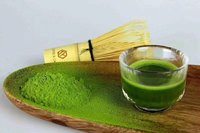




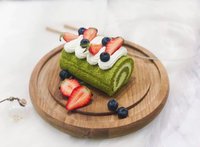

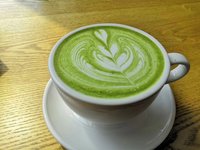


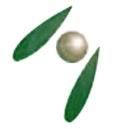



 Send Inquiry
Send Inquiry